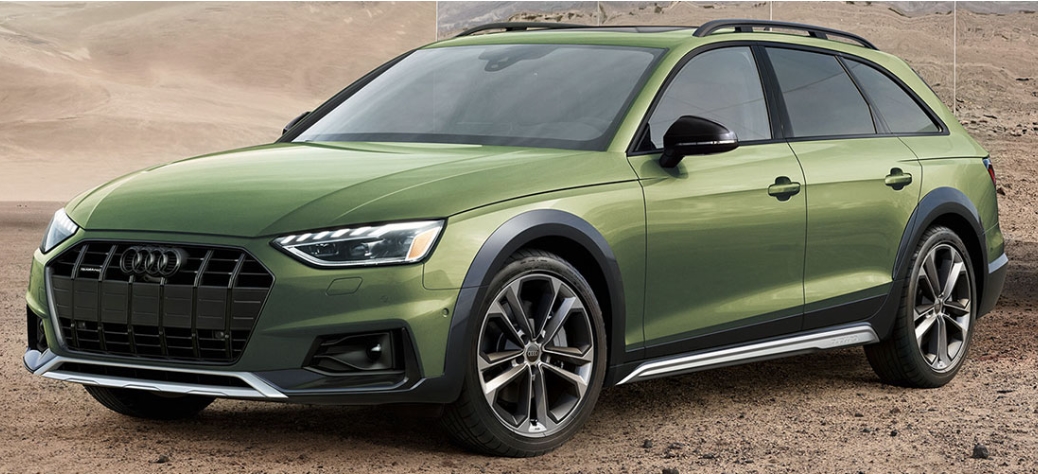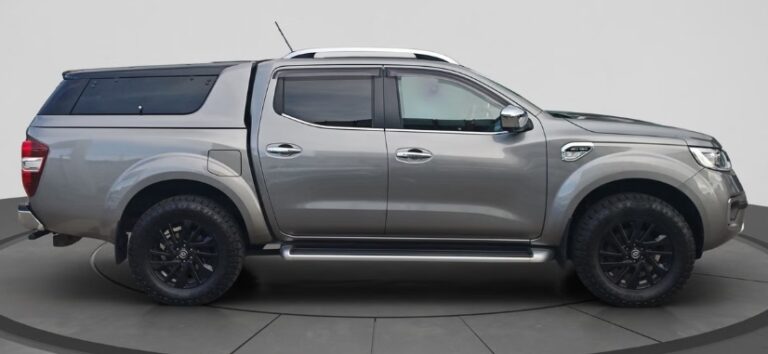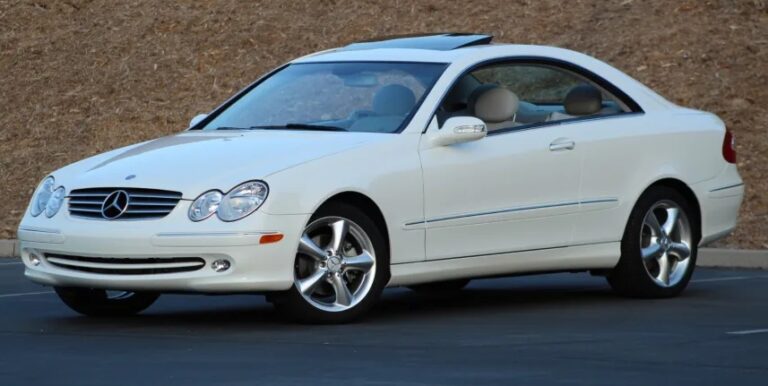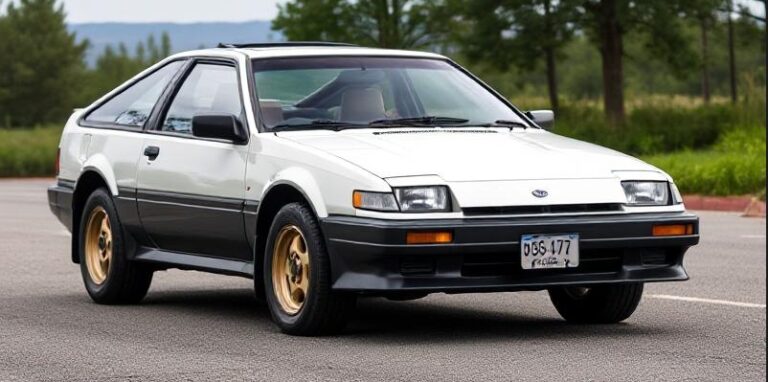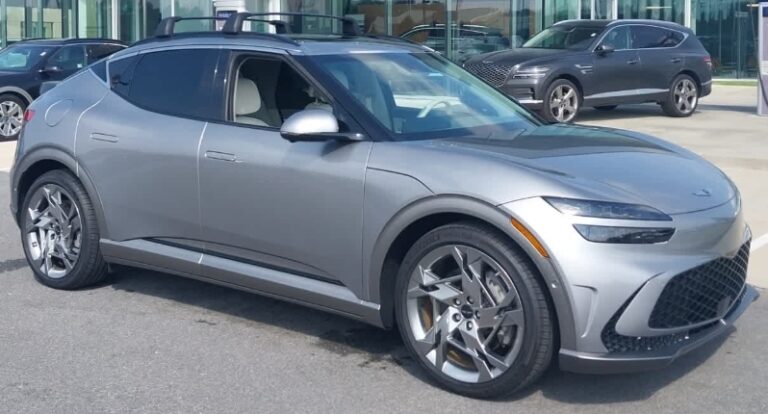The Evolution of the Audi Allroad
The Audi Allroad has established itself as a distinctive niche within Audi’s lineup—a blend of station wagon styling, off-road capability, and luxury features. Since its inception, the Allroad has undergone significant evolution, adapting to changing consumer preferences, technological advances, and the shifting landscape of the automotive industry. This article traces the history of the Audi Allroad, highlighting its key models, trim levels, and notable features from inception to the present.
Origins and First Generation (2000–2005)
Introduction and Concept:
The Audi Allroad first appeared in 1999 as a concept vehicle and officially launched as a production model in 2000. It was based on the Audi A6 platform, designed to combine the versatility of a station wagon with enhanced off-road capabilities, thanks to increased ground clearance, rugged styling elements, and Audi’s quattro all-wheel-drive system.
Model Years:
- 2000–2005 (First Generation): The first-generation Audi Allroad was produced from February 2000 through 2005. It was primarily available in Europe and North America, although the North American market received the model with particular configurations.
Models and Trim Levels:
The first-generation Allroad was offered primarily in a single trim level, but with a few notable options:
- Audi Allroad Quattro 2.7T: Powered by a 2.7-liter twin-turbo V6 engine producing 250 horsepower, paired with a six-speed tiptronic automatic transmission.
- Audi Allroad Quattro 2.7T Avant (station wagon): The primary variant, emphasizing the wagon body style with rugged styling cues like plastic body cladding, raised ride height, and skid plates.
- Options:
- Luxury Package: Included leather upholstery, high-end audio, and upgraded interior features.
- Technology Package: Navigation system, premium sound, and advanced lighting.
Notable Features:
- Quattro All-Wheel Drive: Standard across all models.
- Adaptive Air Suspension: Allowed drivers to raise or lower the ride height, enhancing off-road capability.
- Styling: Rugged plastic moldings, roof rails, and skid plates emphasized its off-road readiness.
Second Generation (2006–2012)
Transition and Changes:
In 2006, Audi launched the second-generation Allroad, which was based on the updated A6 platform (C6 generation). This iteration refined the design, increased comfort, and introduced new technologies.
Model Years:
- 2006–2012: Production of the second-generation Allroad continued until the 2012 model year, with some markets receiving updates mid-cycle.
Models and Trim Levels:
Unlike the first generation, the second-generation Allroad offered a broader array of trim levels, reflecting increased market segmentation:
- Premium: The base trim, offering standard features such as leather upholstery, dual-zone climate control, and Audi’s MMI infotainment system.
- Premium Plus: Added features like navigation, upgraded audio, and parking sensors.
- Prestige: The top-tier trim, including advanced safety features, upgraded interior materials, and optional sport packages.
Powertrain Options:
- 2.7T V6 Twin-Turbo: Similar to the first generation, producing 250 hp.
- 3.0 TDI V6 Diesel: Introduced in European markets, offering improved fuel efficiency and torque.
- 2.0 TFSI (later models): Turbocharged four-cylinder engines appeared in later years, primarily in European markets.
Features and Innovations:
- Adaptive Air Suspension: Continued to be a key feature, offering variable ride height.
- Audi Drive Select: Introduced in later models, allowing drivers to customize suspension, steering, and engine response.
- Lighting: Xenon plus headlights became standard in higher trims.
- Interior: Upgraded materials, larger displays, and refined ergonomics.
Special Editions:
Throughout this period, Audi released limited editions, such as the “Allroad 3.0 TDI quattro,” emphasizing diesel efficiency and luxury.
Third Generation (2012–2019)
Design and Platform:
The third-generation Audi Allroad (based on the B8 platform of the A4/A5 series) was introduced in 2012. This model marked a significant step forward in technology, design, and refinement.
Model Years:
- 2012–2019: Production spanned the entire decade, with gradual updates.
Models and Trim Levels:
Trim levels evolved over the years, with Audi focusing on technology and luxury:
- Premium: Standard features, including leather seats, MMI interface, and basic driver assistance.
- Premium Plus: Added navigation, Bang & Olufsen sound system, and parking sensors.
- Prestige: Top-tier, featuring advanced driver-assistance, virtual cockpit, and upgraded materials.
Powertrain Options:
- 2.0 TFSI (gasoline): 252 hp, quattro all-wheel drive.
- 2.0 TDI (diesel): Available in various states of tune, emphasizing efficiency.
- 3.0 TDI V6: Optional for higher performance and torque.
- S-line Packages: Offered sportier aesthetic enhancements and suspension tuning.
Key Features and Innovations:
- Virtual Cockpit: Digital instrument cluster introduced in later years.
- Driver Assistance: Adaptive cruise control, lane departure warning, and parking assist.
- Infotainment: Larger screens, smartphone integration, and improved connectivity.
- Off-Road Capabilities: Air suspension and all-wheel drive remained core features, although the focus shifted more toward on-road luxury.
Special Variants:
In some markets, special editions such as the “Allroad Edition” or “Black Optic” packages provided unique styling options.
Fourth Generation and Discontinuation (2019–Present)
Current Model and Future Outlook:
As of 2019, Audi introduced the fourth-generation Allroad, primarily based on the latest A6 Avant platform. The model continues to blend luxury, technology, and practicality, though with a shift toward more SUV-like offerings.
Model Years:
- 2019–Present: The newest iteration continues to evolve, with hybrid and mild-hybrid options on the horizon.
Models and Trim Levels:
- Premium: Entry-level with standard luxury features.
- Premium Plus: Additional technology and comfort features.
- S line: Sportier styling and suspension.
- Limited Editions: Occasionally released to celebrate milestones or introduce unique styling.
Powertrain and Technology:
- Engines: 2.0-liter turbocharged engines, mild-hybrid systems, and upcoming plug-in hybrid variants.
- Technology: Advanced driver-assistance, OLED display options, and enhanced connectivity.
Design and Features:
While maintaining its wagon profile, the latest Allroad emphasizes sleek styling, digitalization, and efficiency. Its off-road capabilities remain, but the model is increasingly positioned as a luxury sports wagon suited for urban and suburban environments.
.
RepairSurge Online Repair Manuals Replace Bulky Books With Reliable Digital Information!
Faster And Cheaper Than Traditional Printed Manuals, Users Get Instant Access To The Repair Information They Need For Any Car, Truck, Van or SUV:
.
Summary of Key Points
- Production Span: The Audi Allroad has been produced across four main generations from 2000 to the present, with continuous updates.
- Models and Trim Levels: The model has evolved from a single, rugged trim to a range of trims emphasizing luxury, technology, and sportiness.
- Powertrains: The Allroad has offered a variety of engines—gasoline, diesel, and hybrid—adapting to environmental standards and market demands.
- Features: Over the years, features have advanced from basic luxury to include virtual cockpits, driver assistance, and connectivity.
- Design Philosophy: The Allroad has maintained its core identity as a versatile wagon capable of light off-road adventures, but increasingly leans toward luxury and urban practicality.
Conclusion
The Audi Allroad’s evolution reflects broader automotive trends—shifting from rugged, off-road-capable wagons to sophisticated, technology-laden luxury vehicles that retain some off-road capability. Its unique positioning has allowed it to carve out a dedicated niche among enthusiasts seeking practicality without sacrificing style and comfort. As Audi continues to innovate, the Allroad is poised to adapt further, blending traditional versatility with the latest in automotive technology and design.


